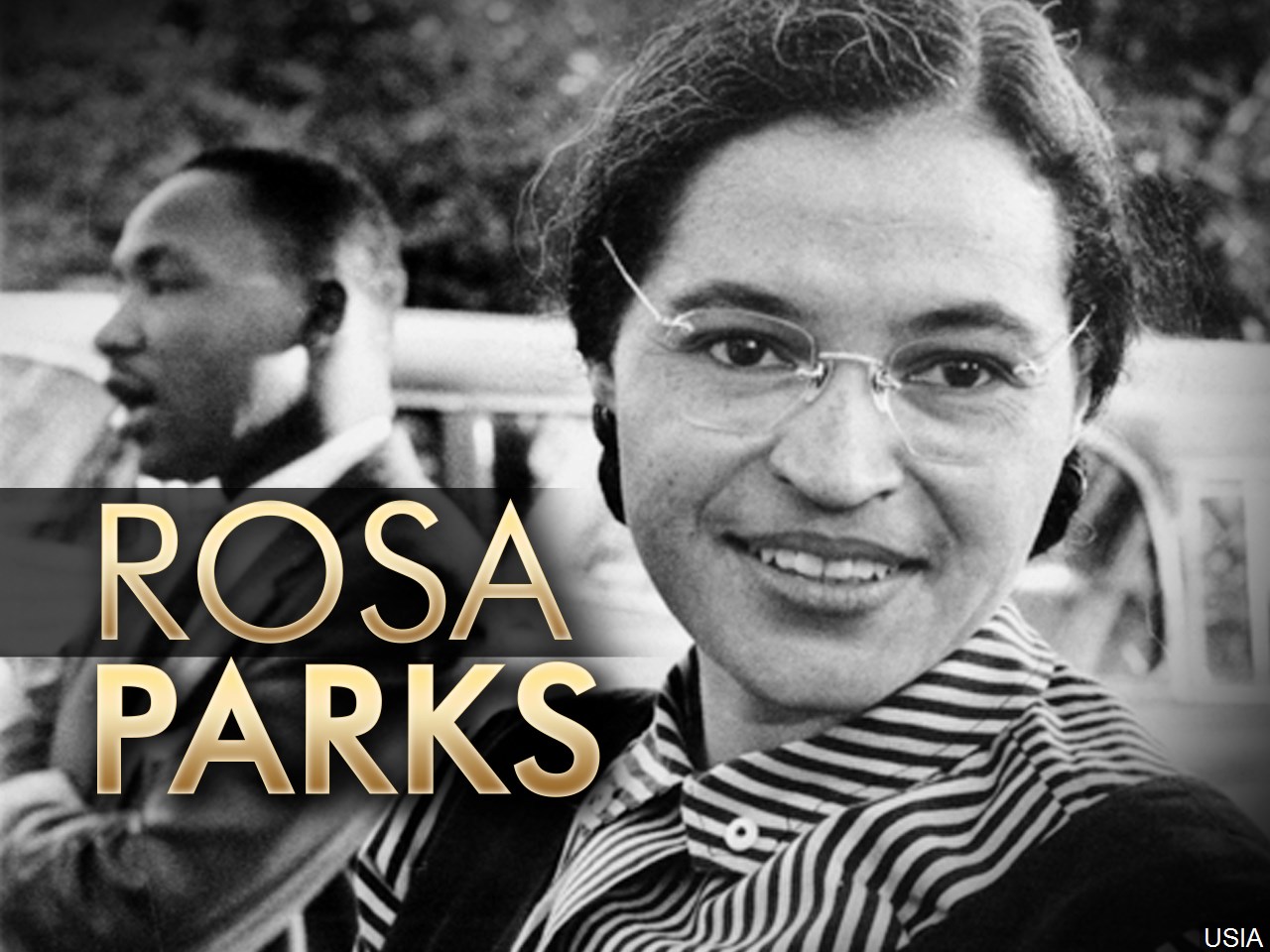In contemporary American civil rights history, December 1, 1955, is among the most iconic moments. On this date, a 42-year-old sewist boarded an integrated metro bus in the Alabama state to go back to the house after an exhausting day at the office; she chose an aisle seat right behind the bus’ “white” section. More people boarded at the next stop. The coach driver instructed the black travelers in the middle row to rise when every chair in the white part was occupied so a white guy could sit. Rosa objected this directive.
As a result of her actions, Rosa Parks was charged with breaching the Jim Crow Laws and sentenced to life in prison. She was found guilty of disorderly behavior and charged $10 plus $4 in court costs on Monday, December 5. When E.D. Nixon, a longtime friend and past president of the Montgomery NAACP branch, reached out to ask if she would allow the NAACP to utilize her case to help abolish segregation, she agreed. By appealing her conviction, Rosa Parks put the legality of segregation on the table.
By refusing to obey a discriminatory regulation that mandated that black passengers give up their seats to white passengers who wanted them, Rosa Parks transformed racial relations in the United States for good. African-Americans have done this before.
Rosa Parks was considered the perfect choice because of her sterling character, calm determination, and unwavering moral conviction. The community leaders were correct: Rosa Parks’ arrest triggered an extensive and persistent reaction from the local community as a whole. According to a young Montgomery citizen, Montgomery municipal authorities had “messed with the wrong one today.” For the first time in the country’s history, African-Americans in Montgomery staged a 381-day bus boycott as a form of protest against segregation.

